Biography of Jane Fonda
Jane Fonda, one of Hollywood's most iconic actresses, has racked up an impressive 200+ film roles throughout her legendary career. With such an incredible range, you can't help but wonder what she'll tackle next. Fonda's influence extends far beyond the silver screen; her fitness and wellness empire has inspired millions of women around the globe. During the turbulent '60s, she fearlessly challenged U.S. military policies, earning her praise even from the Soviet Union.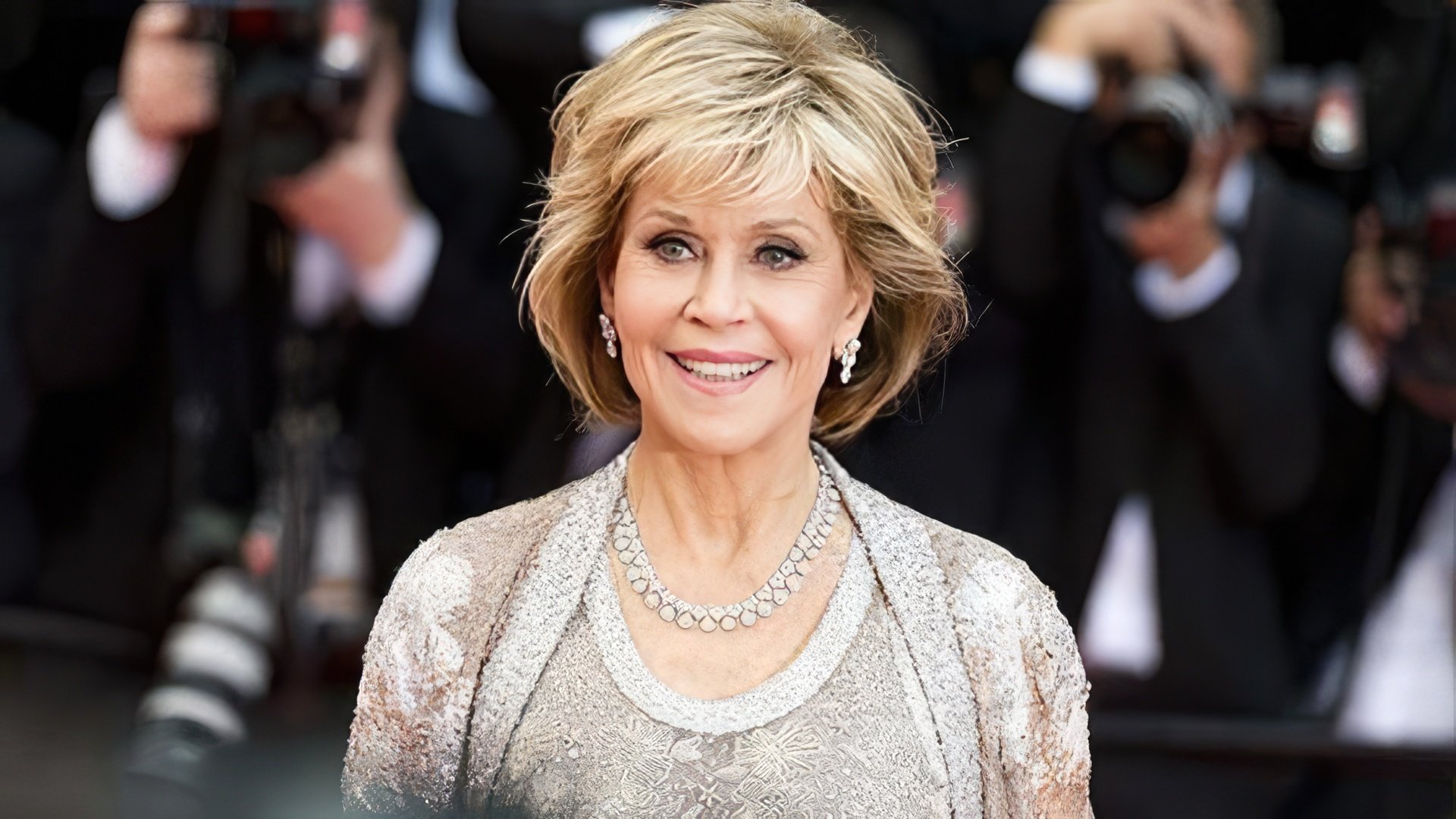
Childhood
On December 21, 1937, Henry Fonda and his wife Frances welcomed their first child, Jane Seymour Fonda. Family lore claims she's descended from Lady Jane Seymour, Henry VIII's wife—hence the name.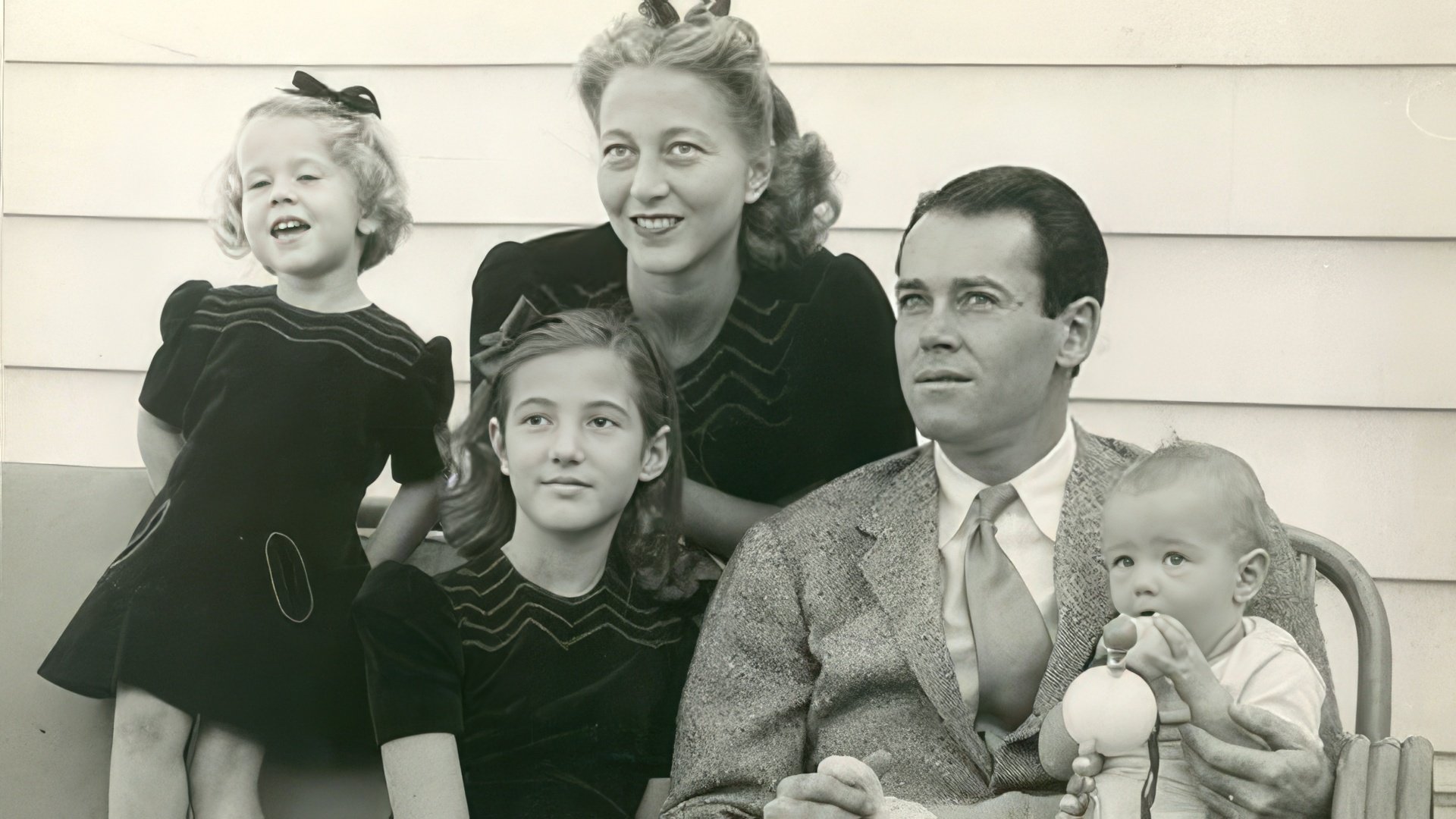
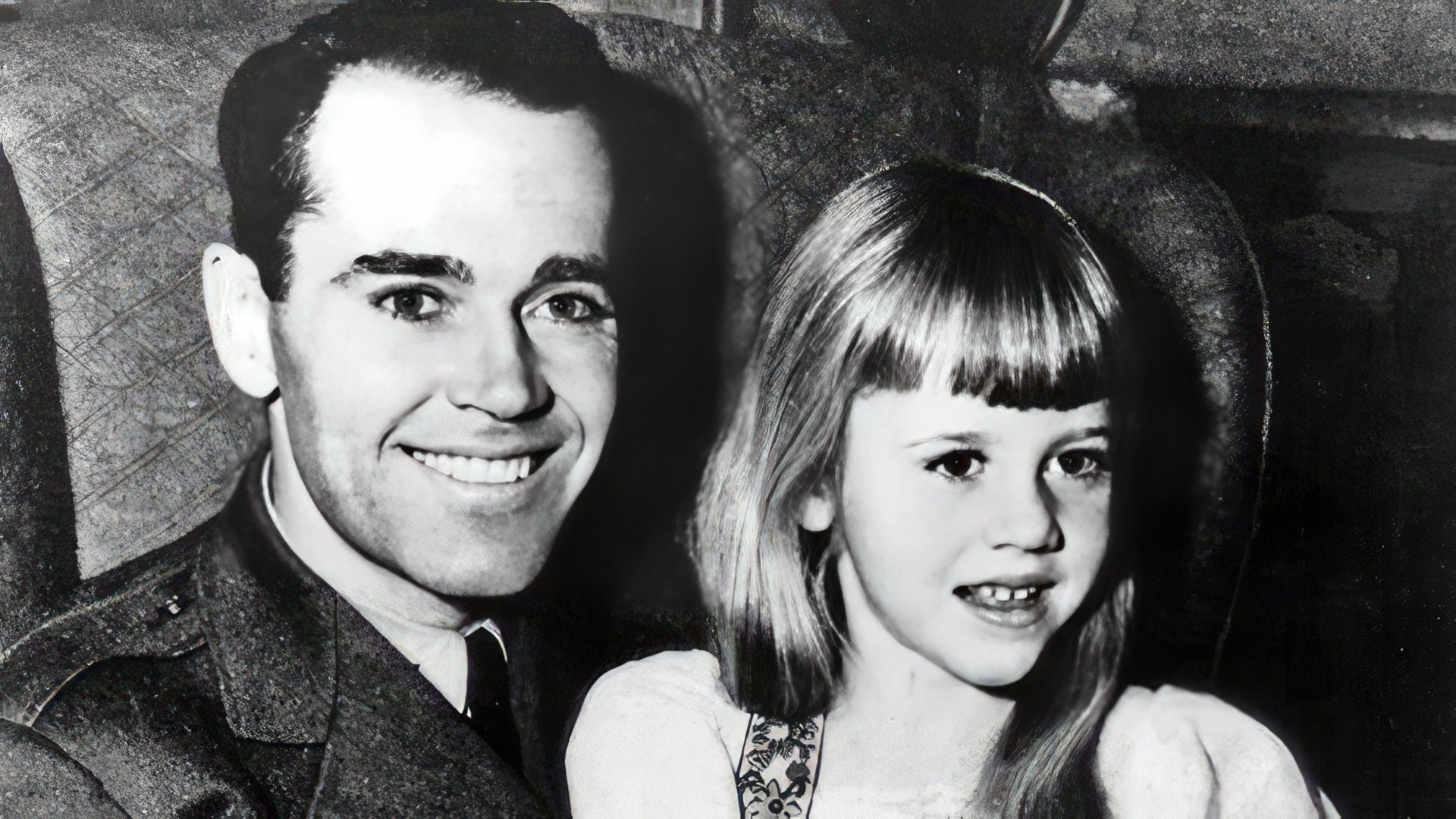
Jane and Peter had to grow up fast, mostly left to fend for themselves with their father buried in film work and their mother swinging between depression and high-society partying. When Jane turned 11, her parents divorced. A year later, her mother tragically passed away from what her father described as a heart attack. Jane only learned the devastating truth years later: Frances had died by suicide in a psychiatric hospital.I resemble him, I chose his craft, like him, I value honesty and assertiveness in people.
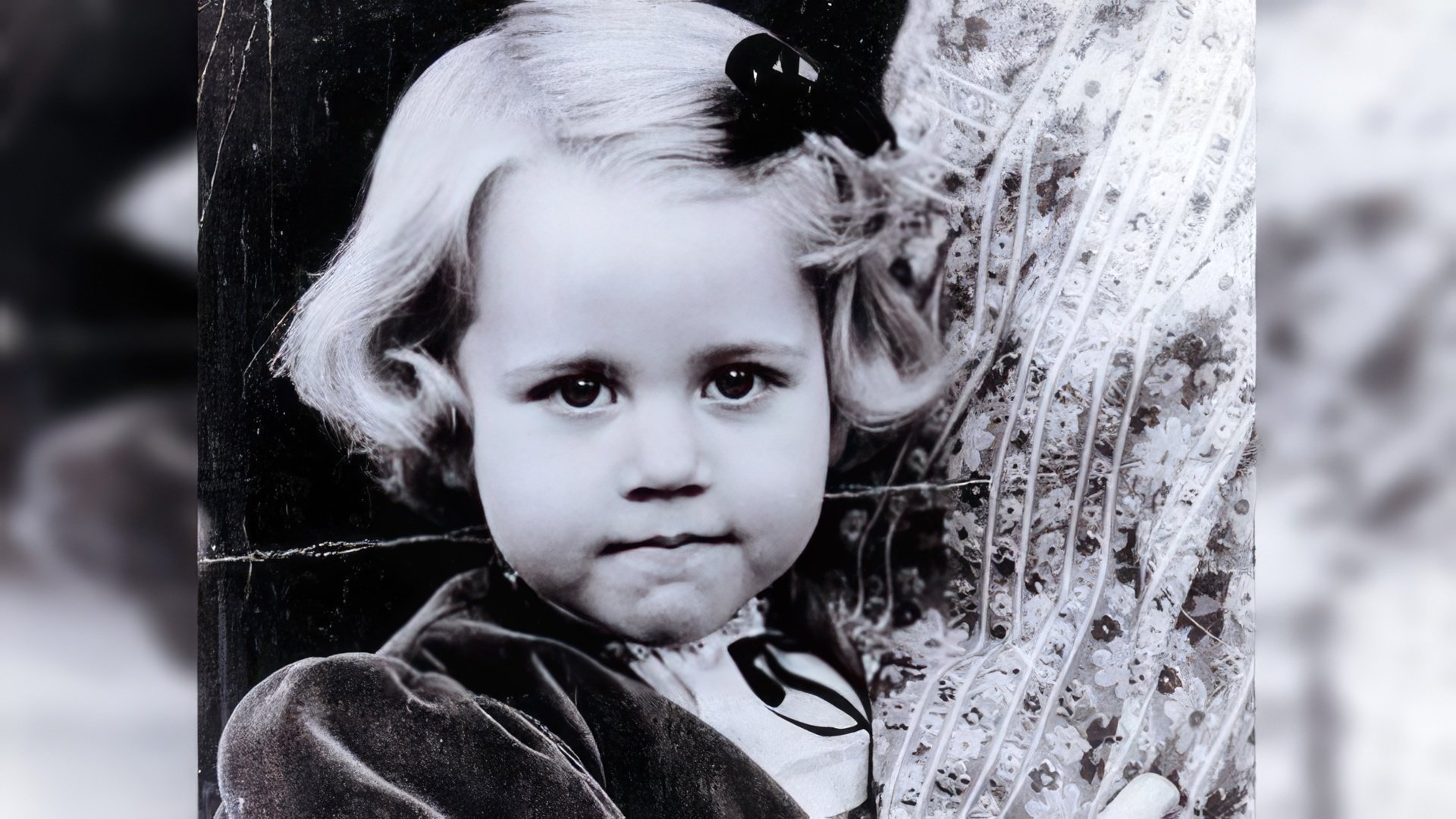
When Jane was 16, legendary actress Greta Garbo visited Henry Fonda's villa. Garbo invited Jane for a swim—without bothering with a swimsuit. Seeing the famous actress's body, Jane realized it was beautiful in its own strong, healthy way—flaws and all. This moment completely changed how Jane saw beauty. She got it: real beauty comes from a healthy, strong body—not a starved, suffering one. Still, it took until age 36 to fully beat bulimia's grip.
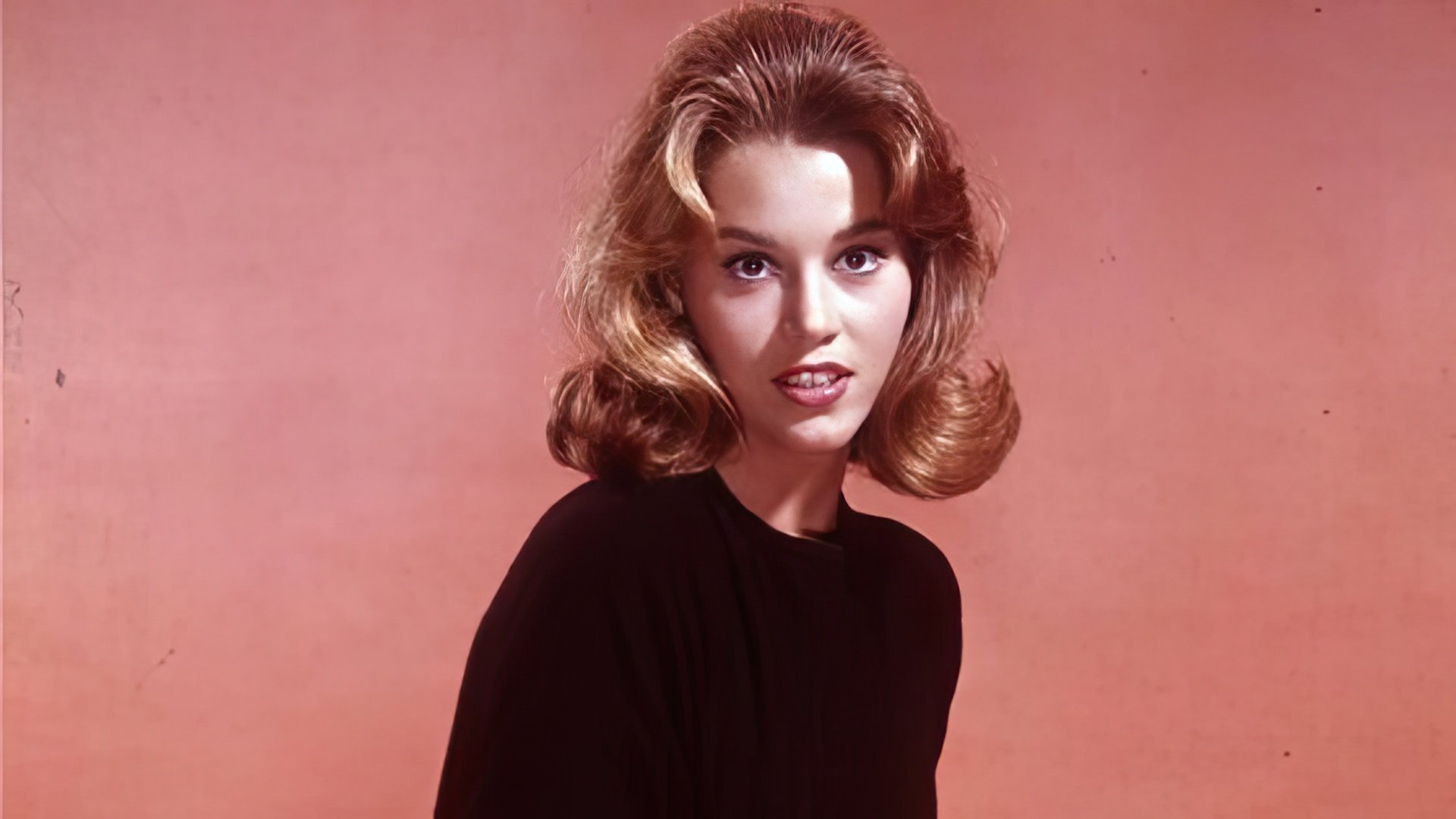
The Great Story: Career
In New York, she decided to master the art of acting. Rather than ask her father for money, she worked as a model and landed on Vogue's cover at just 18.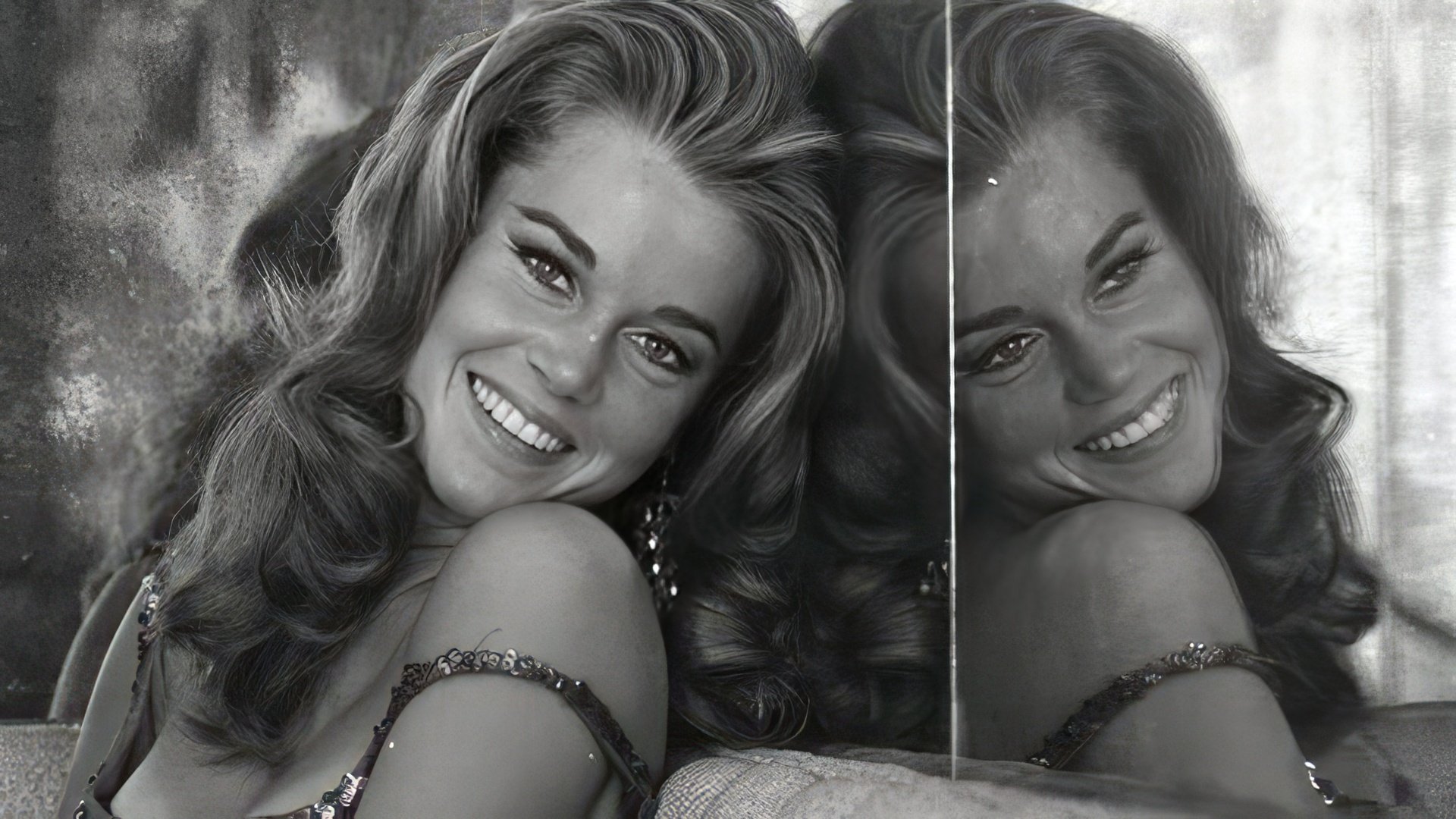
The comedy film "Tall Story" was released in 1960, co-starring a young but already famous Anthony Perkins. However, the film is historically notable only for Jane's first film role. Following this, she appeared in a few movies playing delightful, charming characters which nonetheless brought her significant popularity.
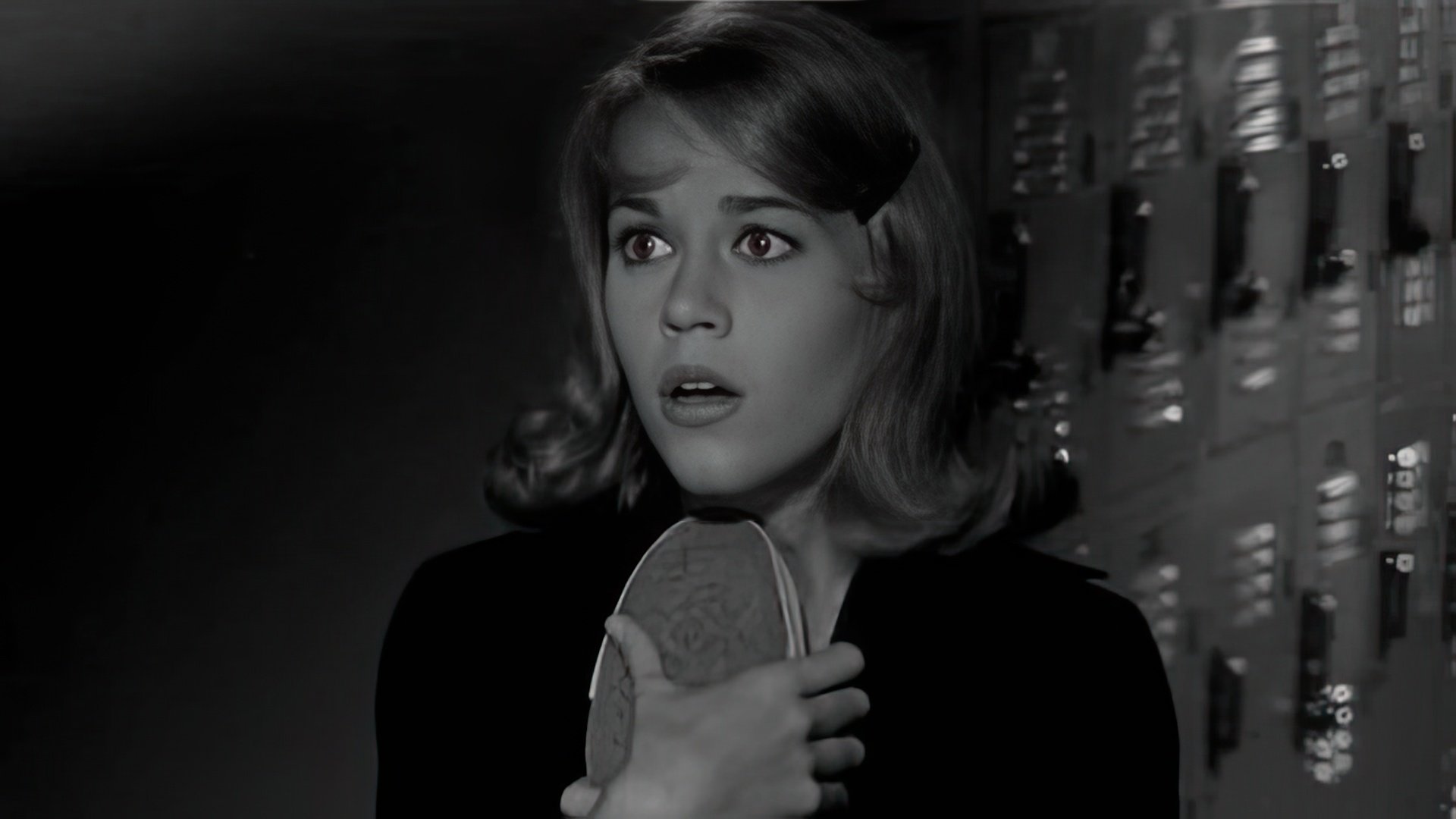
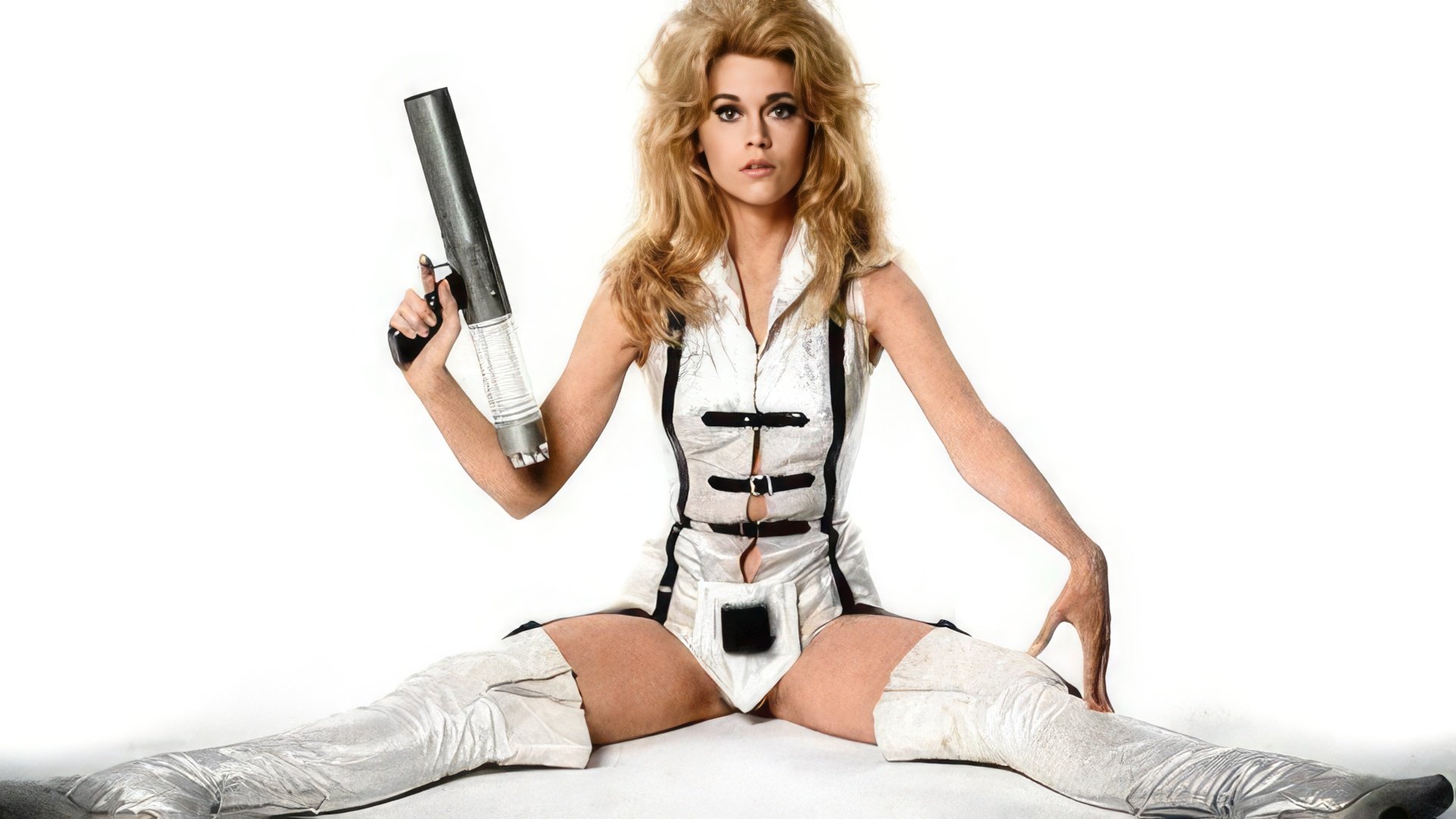
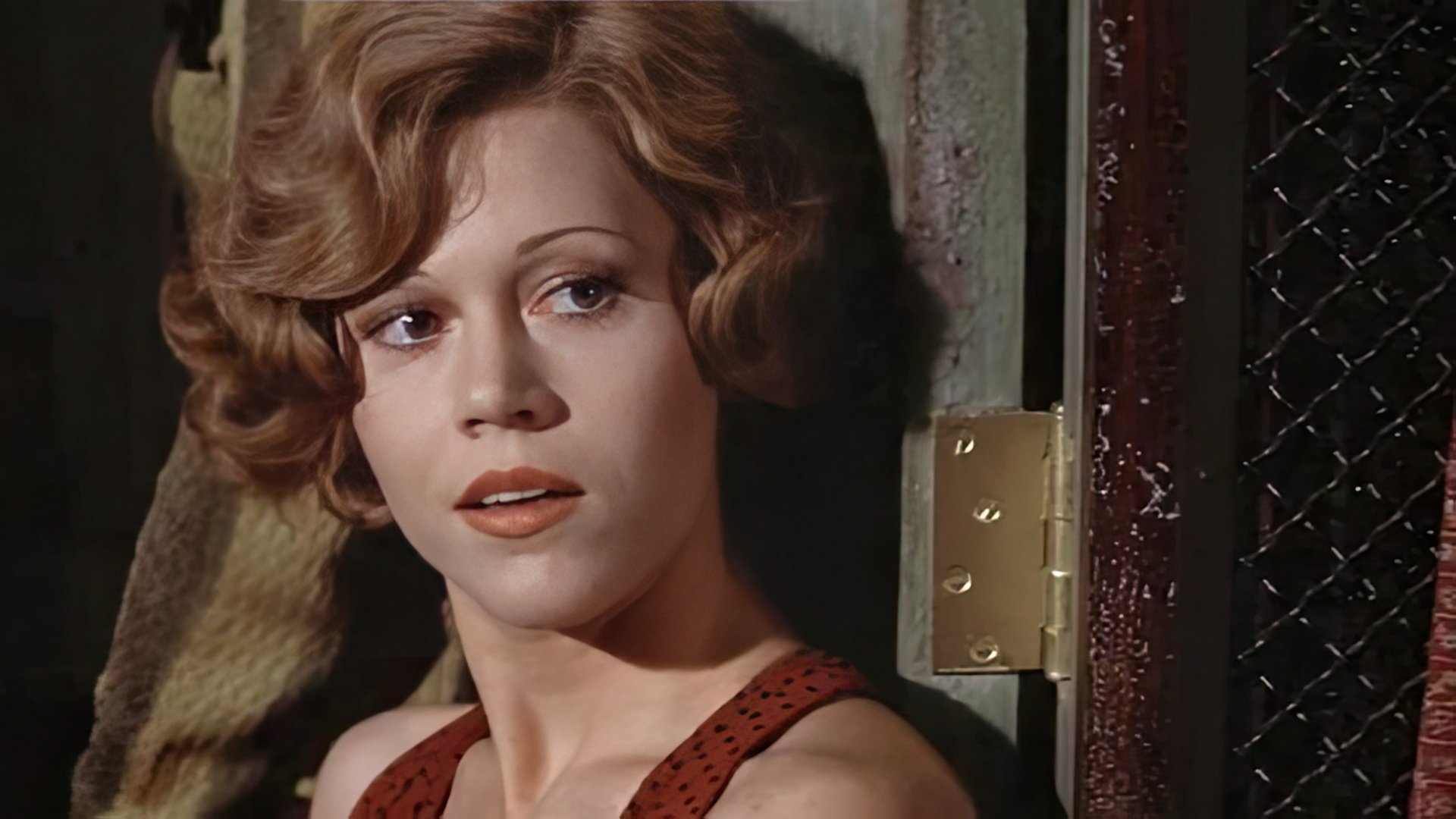
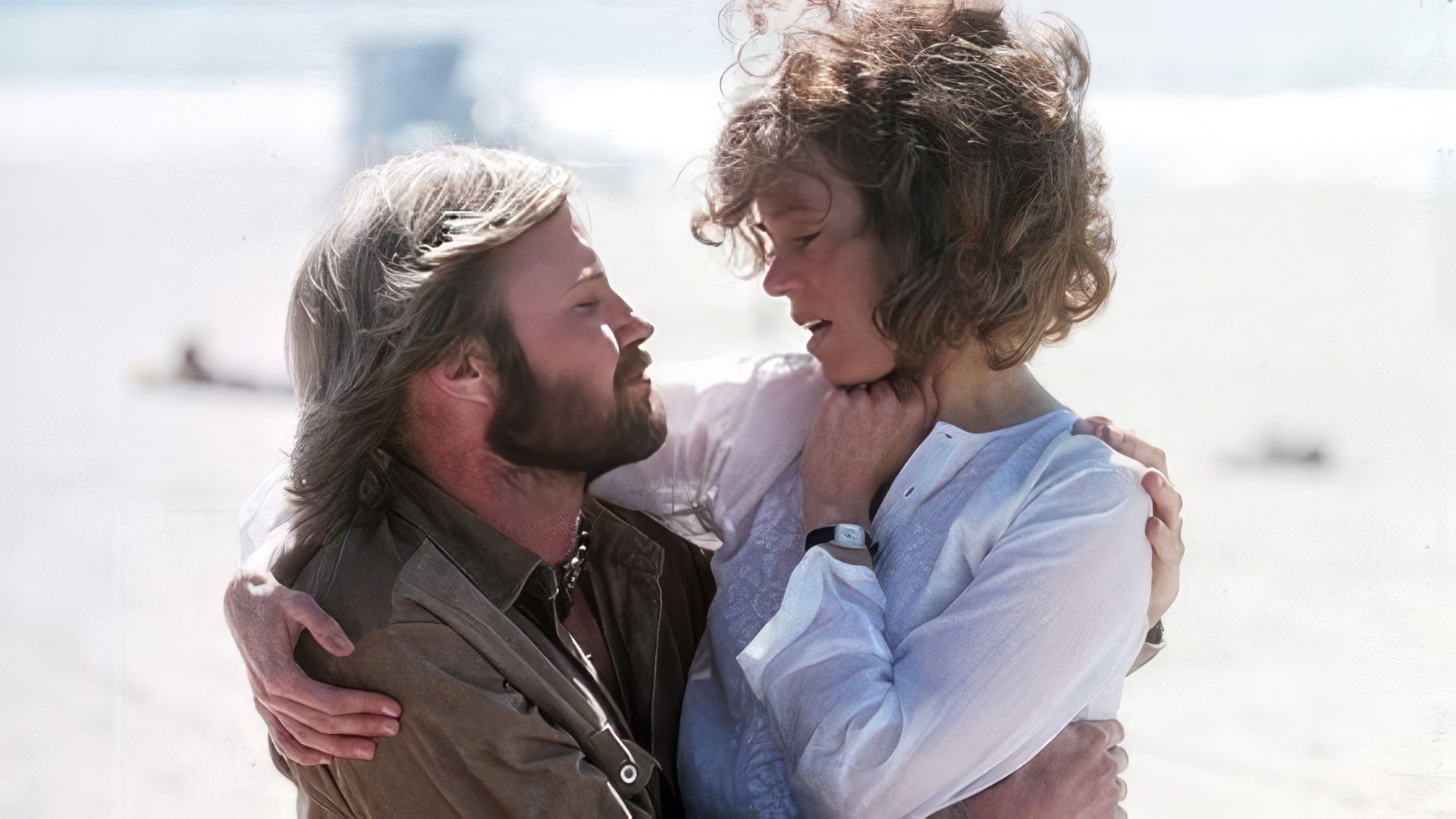
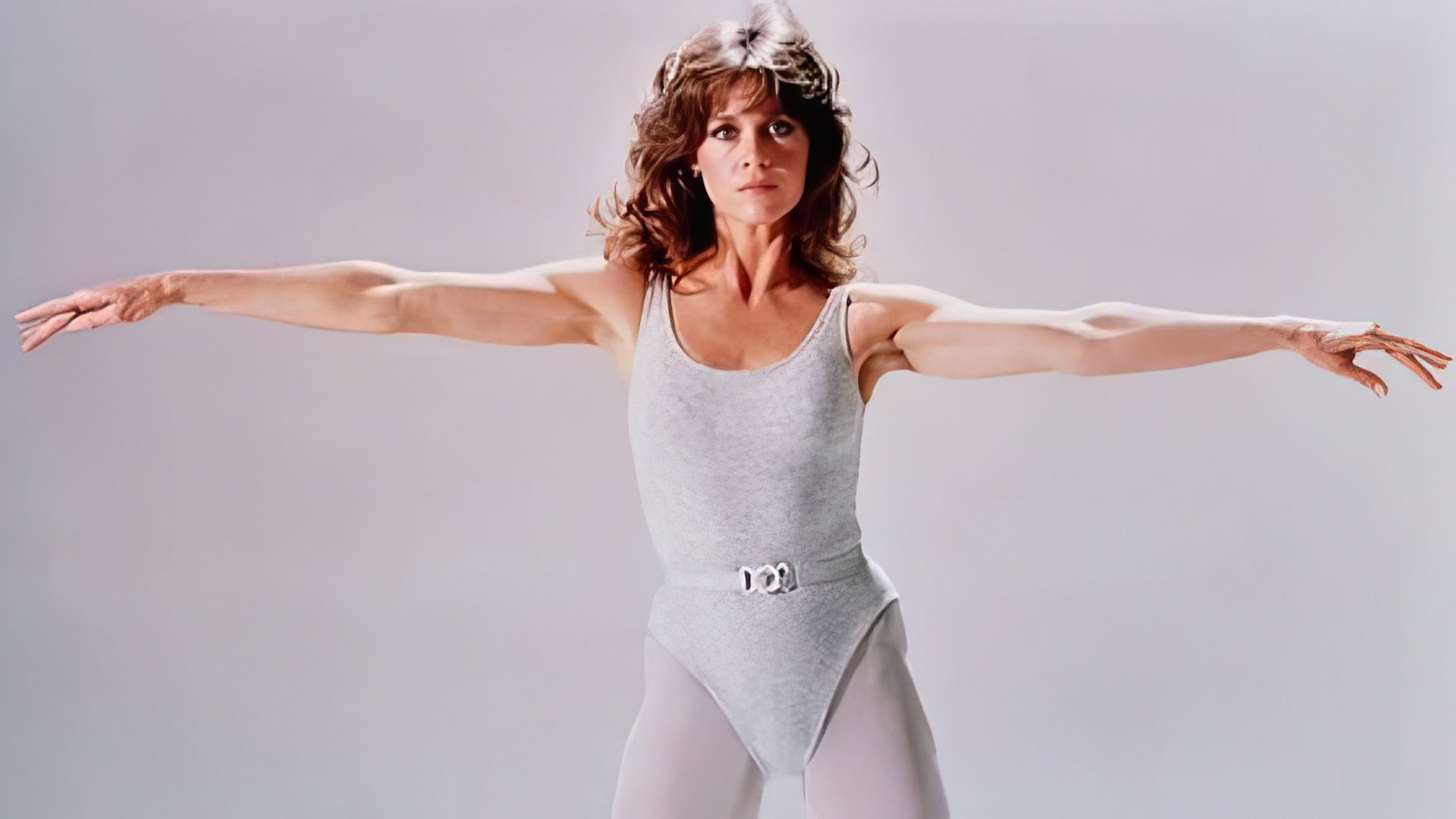
Jane Fonda's Personal Life
The actress has been married three times. Her first husband was the French director Roger Vadim, with whom she had a daughter, Vanessa. The marriage lasted for eight years (1965 – 1973). Fonda threw herself into playing the perfect wife, managing household duties while pretending to embrace Roger's free love philosophy and participating in the wild parties he threw.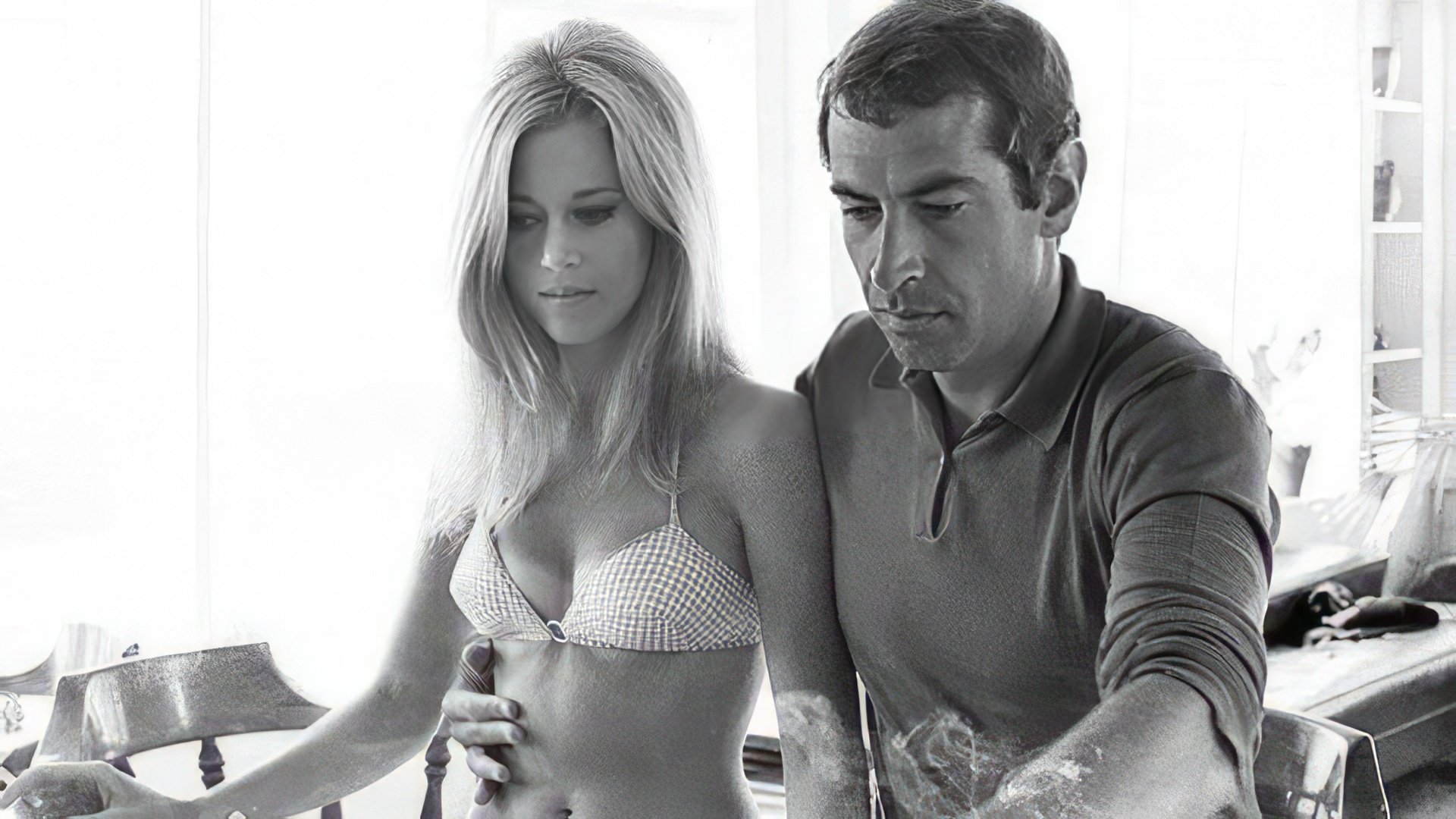
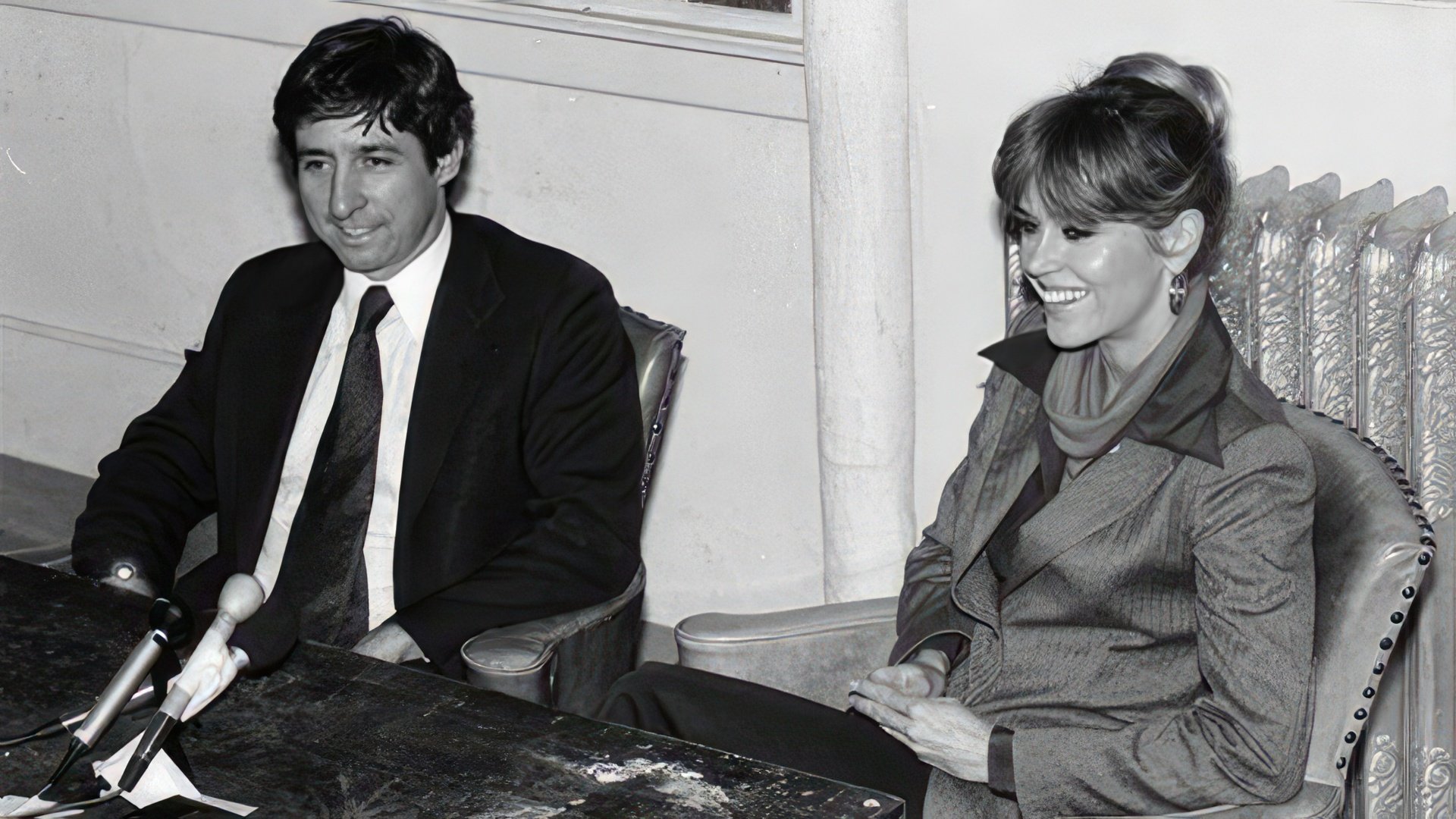
Fonda and Hayden also have an adopted daughter, Mary Luana Williams (born in 1967). She'd been involved with the radical "Black Panthers" civil rights movement since childhood. Her biological parents were members of this organization; her father was behind bars, her mother struggled with alcoholism, and Mary essentially grew up as everyone's kid in the movement. Jane met Mary at a children's camp, which the actress sponsored.
Her third husband (1991 – 2001) was Ted Turner, a businessman, and founder of CNN. They divorced because of Turner's infidelity.
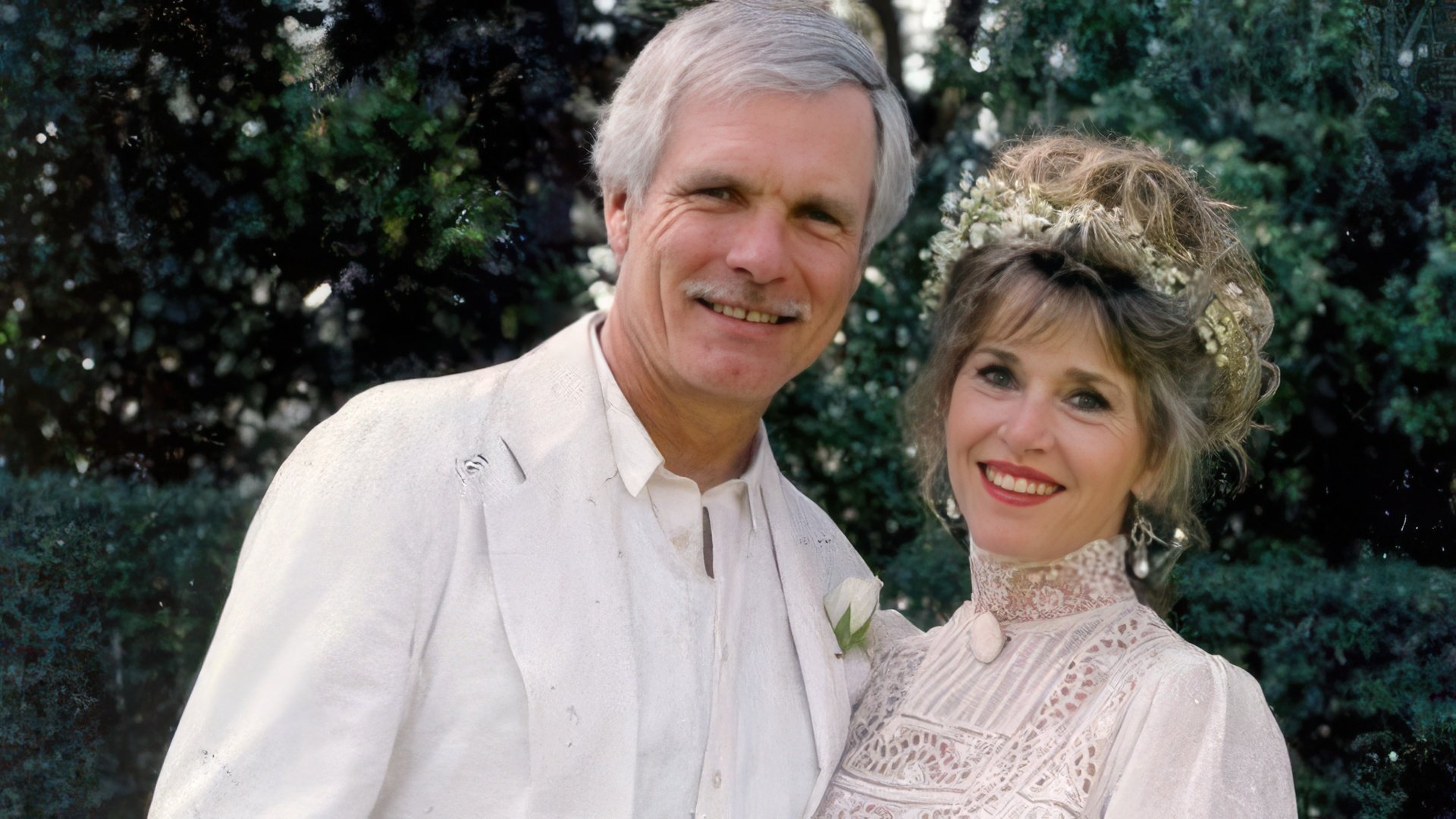
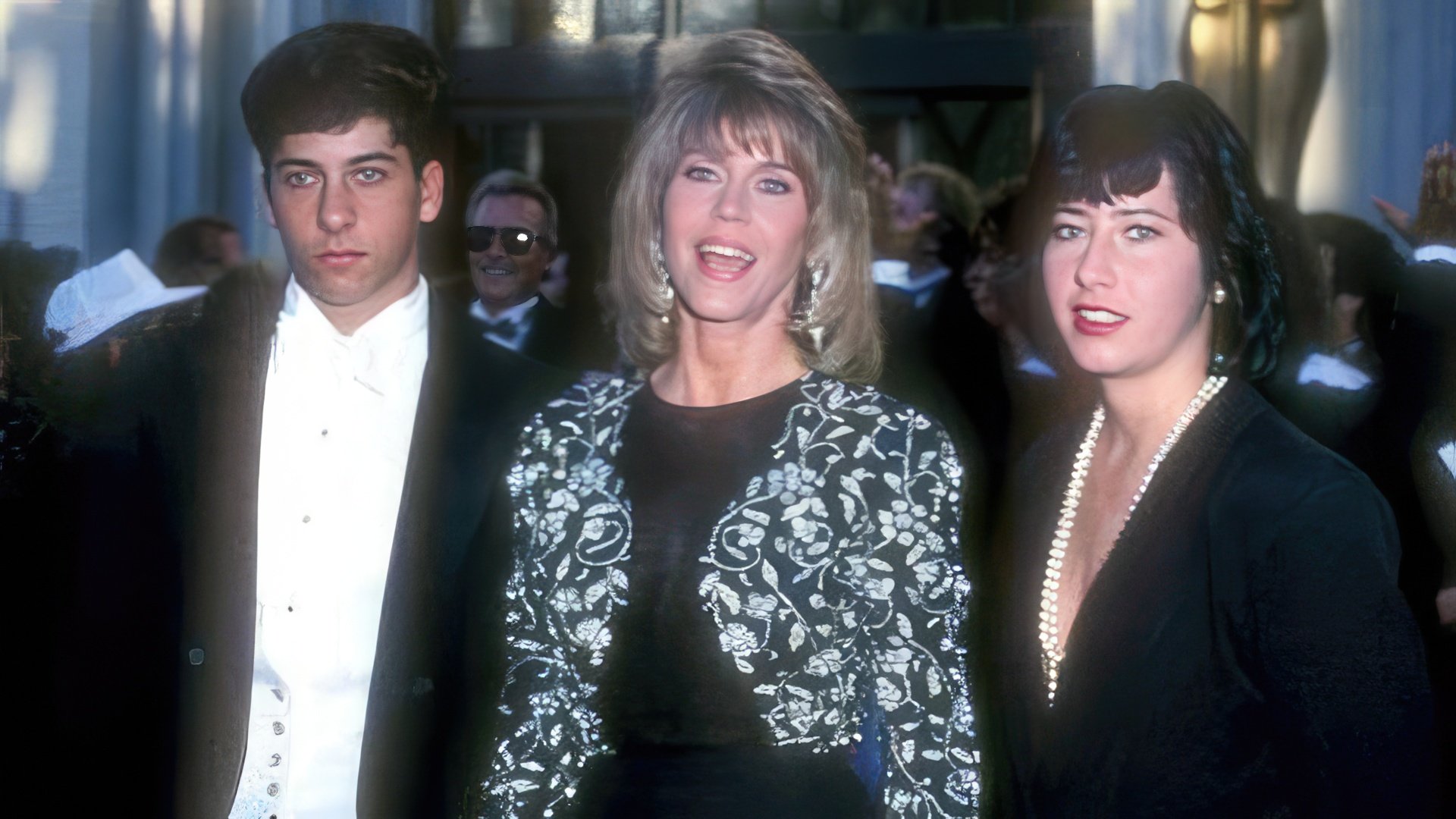
Jane Fonda Now
The actress stays busy traveling, supporting charitable causes, and remaining politically active.That fall, the 80-year-old actress hit the runway with Helen Mirren during Paris Fashion Week, showing off her incredible figure and radiant smile.
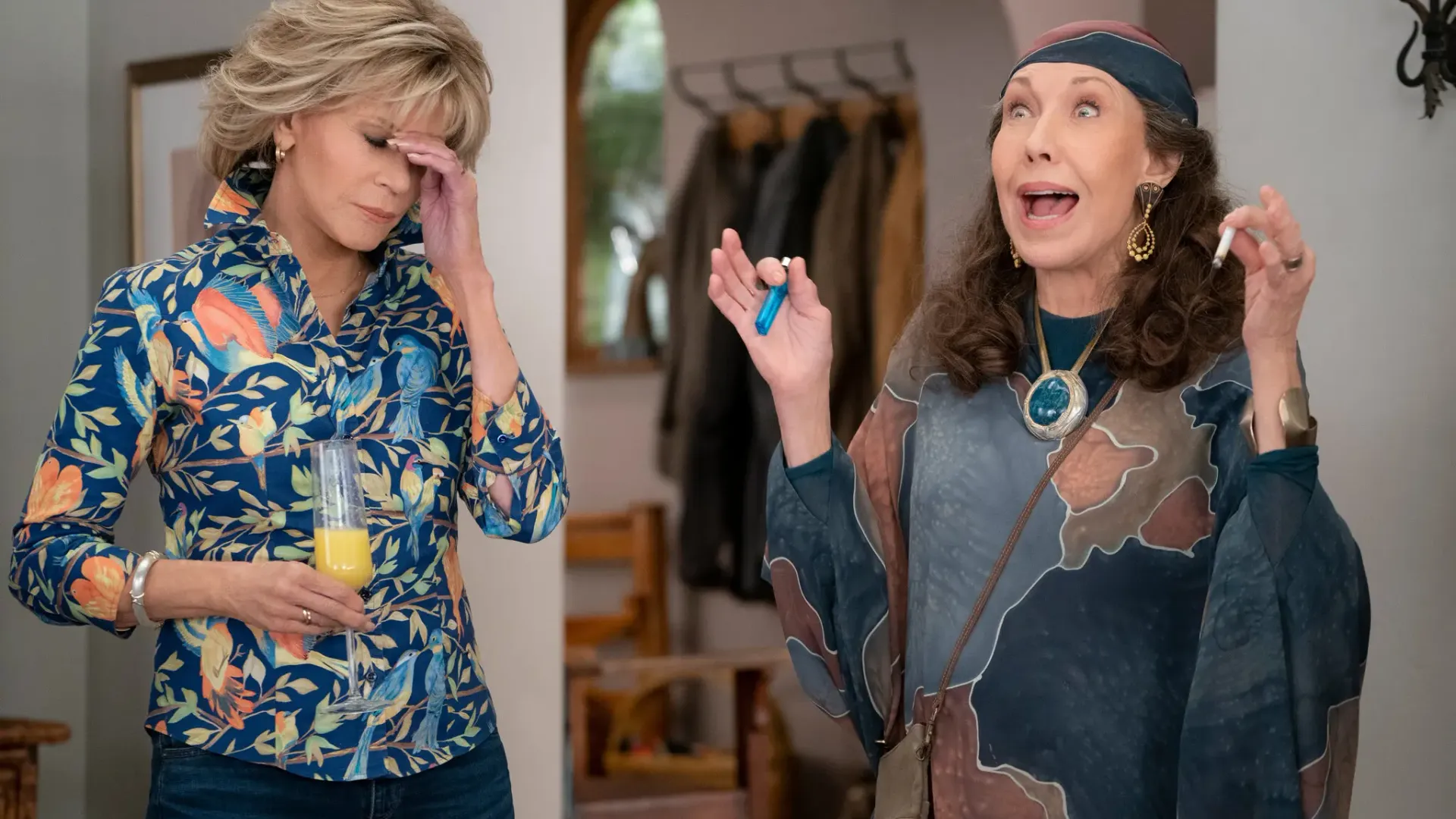
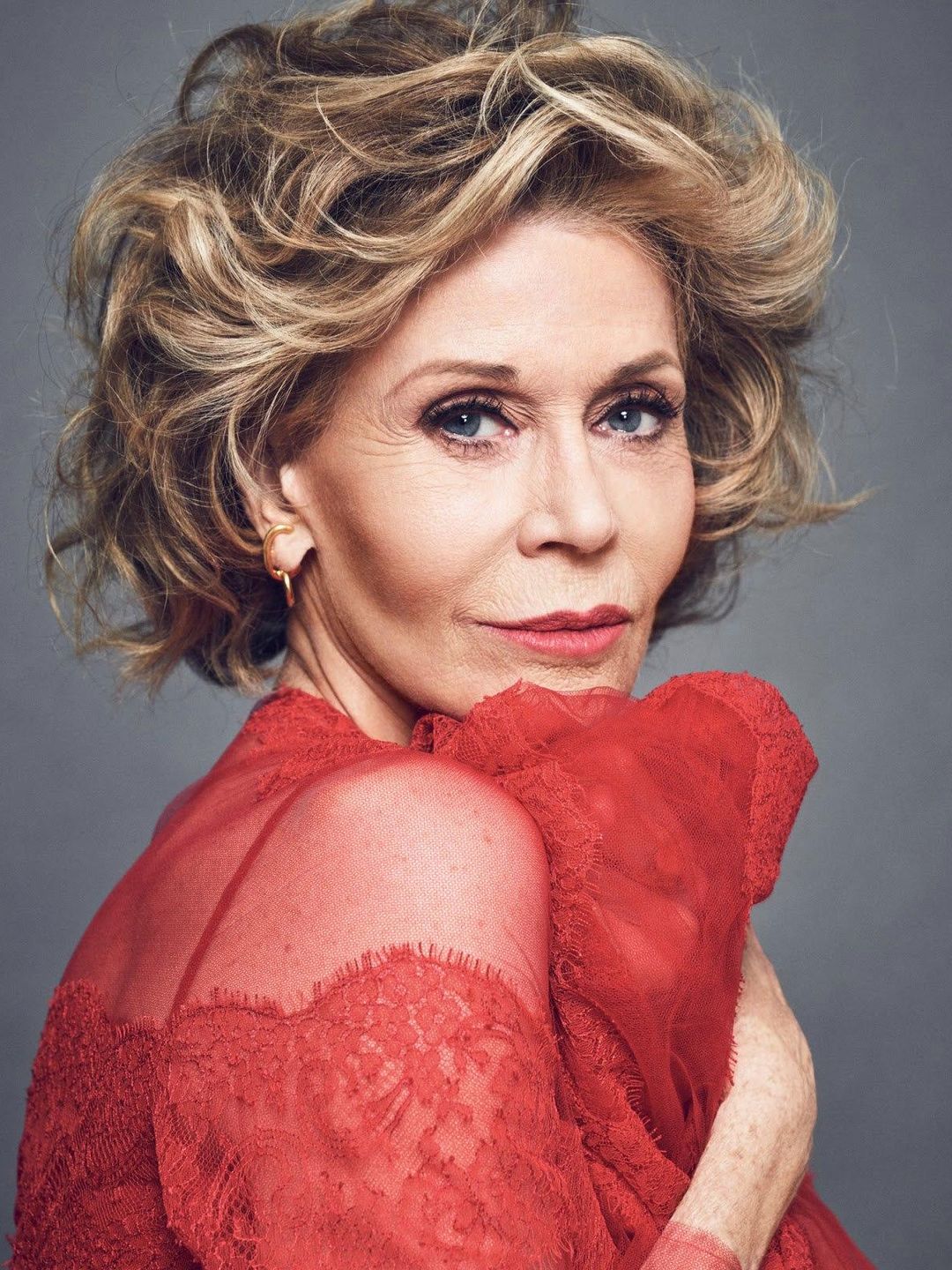
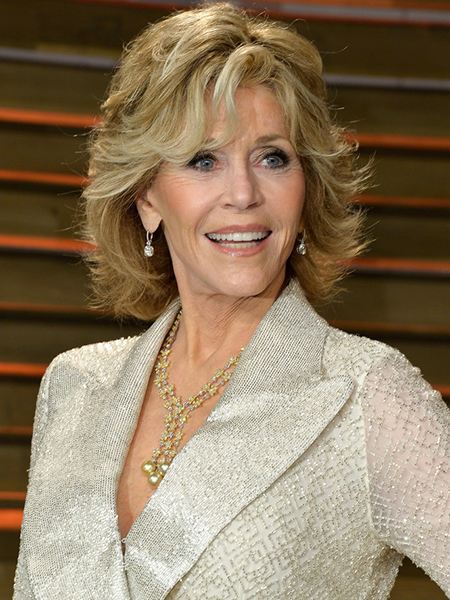
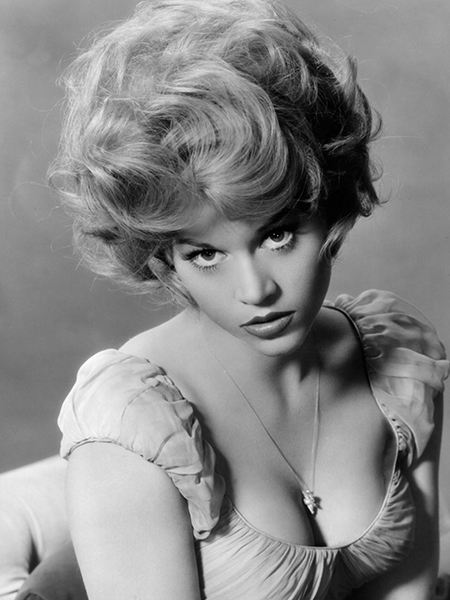
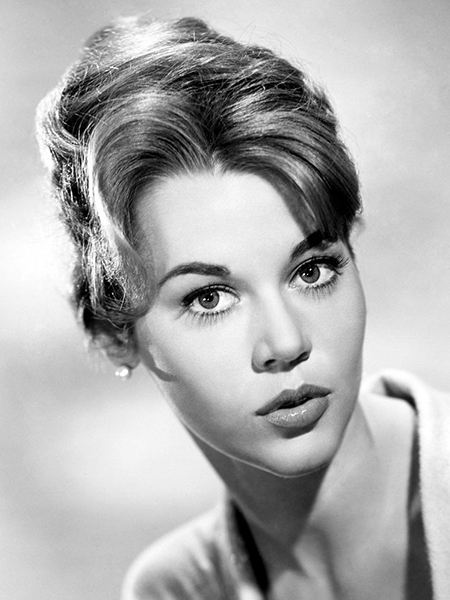
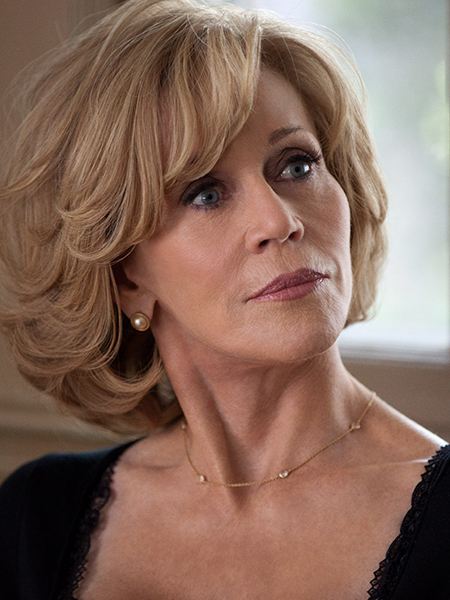

-
Helen Brooks
2021-05-10 08:10:57
-
John Williams
2021-04-26 19:20:05
-
Yvonne Reyes
2021-04-26 13:50:54
-
Sam Wade
2021-04-25 10:46:50
-
Minnie Quinn
2021-03-31 13:06:52
5